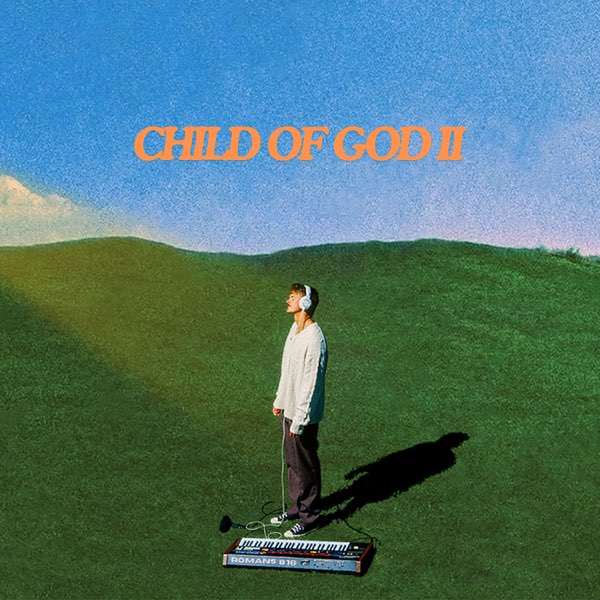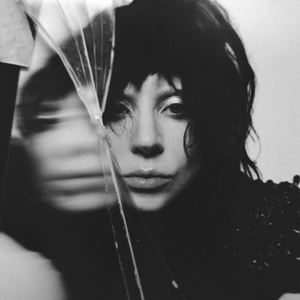Backstage Pass: Behind the Scenes of the Fair Concerts

At the Washington State Fair, the process starts as early as 18 months before the first concert kicks off. A company called Triangle Talent is contracted by the Fair to book the acts, but more goes into this process than you may realize. Clay Campbell, the president of Triangle Talent, is a key player in this process.
“We’ll sit down [with the Fair’s entertainment committee] and they’ll set parameters, we’ll identify some acts that we think might work for them. And they’ll say ‘Well, what about…’ They’ll have a wish list, if you will, of acts that they are interested in,” Campbell said.
A quick look at the usual lineup of the Fair reveals this is no easy task. From artists concertgoers might hear on classic rock radio like Styx and Chicago, country acts like Zac Brown Band and Lindsey Ell, to even Kidz Bop and comedy like Jeff Foxworthy, the concert series has a huge range of acts that appeal to all demographics.
“Most acts, particularly at the level that we’re working with here at the Washington State Fair, those acts have agents, so they have a company that represents them and helps sell the act to buyers like the Washington State Fair. So, we’ll contact agencies and say ‘Hey, we’re interested in such and such. Are they available on this date?’” Campbell said.
Since dates for events like the rodeo are planned in advance, the company knows when to book acts that fit with an event like that. If an artist isn’t available for a certain date, an agent may suggest alternative options from the same genre, as these agencies often work with multiple artists.
For a successful concert series to be pulled off, one has to follow the constantly shifting trends of the music industry. With the rise of streaming platforms and algorithms, an artist might be trending for a week, and then disappear in only a few days, pulled under by the next act to get 15 minutes of fame.
“Some of it is just experience; there is Billboard and Pollstar that are industry trade magazines, where you can look at how ticket sales have gone for certain acts and get a little bit of a feel for that… Everybody within the fair business are all friends and they all talk and tell ‘Oh, so and so did great,’ or ‘Oh, stay away from such and such, because they did terrible,’” said Campbell.
His years of experience and connections in the industry are major contributors to the success, year after year, of the concerts at the Fair. However, the changing trends regularly throw major curveballs regardless of experience.
“That’s as much art as it is science there. We’ve had a couple of shows this year that, on paper, you would think that it would be people that could sell tickets really well and there’ll be some others that are ‘Eh, this will be a decent show, but not great,’ and they’ve proven to be really strong… So it’s one of those, you have to really pay attention and know what’s going on,” Campbell said.
After artists are booked, the work falls to the people who work in lighting and sound. The sound crew makes sure you can hear each element of the band, and the lighting crew works to enhance the music with a great show. Allan Bagley, who runs sound for the shows, offered a glimpse into the complex process required to make the show sound great.
“If we don’t know the room, we survey the space using lasers and enter the information into a piece of software created by the manufacturer. We’ll add the speakers into that and simulate the room virtually and that gives us an idea how many speaker cabinets we need, how they’re positioned, and what the projected coverage is,” Bagley said.
After the room is modeled, the sound team orders the required systems and hardware to make the show run smoothly. Most venues already have gear set up, but if the artist needs additional gear, a team is assigned to set up the new systems.
“And we provide it and then make sure it all works, that it’s configured the way it’s supposed to do some testing like position microphones, add the software to them, make measurements of space and distance between things… play music through it and make sure it’s what we expect it to be. And then the band’s crew shows,” Bagley said.
The sound or genre of each artist will affect the job of the sound crew, as they might go from a high-energy rock band one night to an artist that plays mainly acoustic music the next.
“I do a bluegrass festival every year; it’s all acoustic instruments to a room of about 2000. The system is smaller. Everything is done at a much lower volume level, because it starts out at a much lower volume level so it just really depends and you have to kind of get a common sense feel for the audience,” Bagley said.
Of course, there’s no way to be sure that a show can be pulled off flawlessly. From power failures to issues with the instruments, there are many ways there could be sound issues during the show.
“If it’s onstage, then it’s going to be the artists guitar tech, he’s going to have some contingencies for some failures and others they’re just going to have to work around it, in some ways depending upon what it is. Typically, the sound system equipment itself is very reliable… it’s relatively rare but it does happen. We can, depending on what the failure is, we can work around it or just go without that particular subset,” Bagley said.
However, the work of the sound team wouldn’t amount to much if you couldn’t see the artists perform. Terra Duggan, the Head Production Electrician for the Fair, took some time to explain the process behind the lighting and how it affects the show that the artists put on.
“It actually starts pretty far back before the show happens. Someone like my LD (lighting director) comes up with a design look. There has to be budget and show look approvals, and then a lot of what I do is actually involved with the infrastructure needed to install that system. So every single light out there needs power, and every single light out there needs, we call it data, but basically computer control,” said Duggan.
Duggan’s job involves planning for the power needs of the lighting and video rigs and supervising the installation and setup of that side of the show.
“Once on site, we have all this equipment, and usually we’ve got a crew of 10 to 12 people, and we install it all in. I think the best thing about it is that every show is a little different. The install is a little different and what we do is a little different. I am much more on the back end and so I’m more concerned with everything working, is everything symmetrical, is everything hung safely because we’re handling a bunch of stuff over people’s heads,” said Duggan.
A major portion of lighting is to enhance the mood of a specific song. If it’s a song that is loud, angry, and exciting, you’re not going to see the same lighting for an acoustic love song.
“[Our lighting director] is quite good… at reading the music and understanding the mood. Cause you’re painting a picture with light, you’re trying to create contrast… and actually a really interesting thing about this venue, because of the IMAX screens, it’s all on camera,” Duggan said.
Another part of her job is adapting to the unique needs of artists. Whether they need more spotlights or a set piece that requires complex lighting, the team must adapt to the needs of the artist.
“For Pentatonix, we had to bring in a fifth spotlight and it’s only powered for four up there and the only way we would get the right power was through audio… Because we’re all different vendors, like lightning is a vendor, audio is a vendor, there’s two video vendors… but I think overall we work really well together as a team. Like we try to help each other out,” Duggan said.
Next time you’re at a concert, remember to take a moment to acknowledge the people who work tirelessly behind the scenes. Without them, the event wouldn’t be happening.
Your donation will support Viking Student Media and the content we create. Your contribution will allow us to purchase equipment and cover our annual costs, including website hosting, printing the newspaper and yearbook, and purchasing new equipment.





